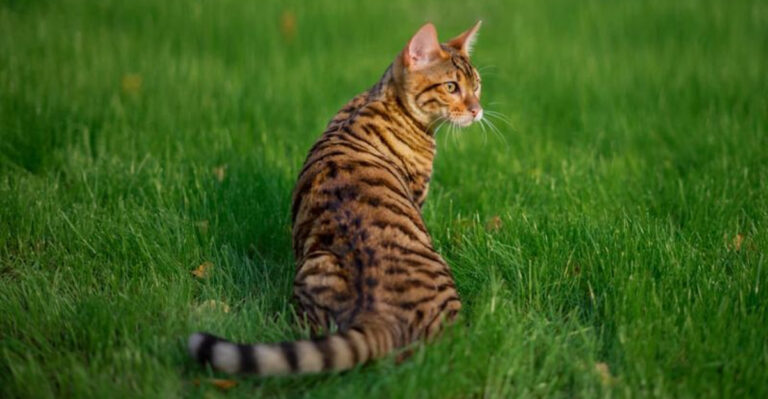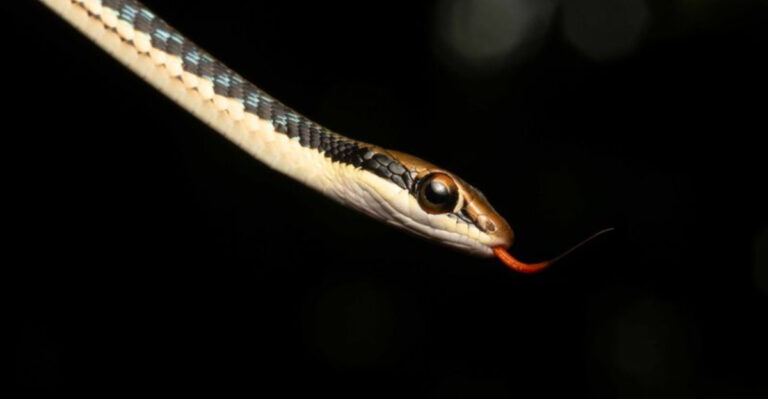10 Common Myths About Animal Behavior On Safari That Tourists Still Believe

Going on safari is one of life’s greatest adventures, but many tourists arrive with misconceptions about how animals really behave in the wild.
These myths can lead to disappointment or even dangerous situations when expectations don’t match reality. Let’s explore ten common misconceptions about safari animals that continue to surprise visitors when they witness authentic wildlife behavior.
1. Lions Are Always On The Hunt

Lions actually spend up to 20 hours daily resting! Most tourists expect to see dramatic hunts, but these big cats conserve energy and only hunt when necessary.
Female lions do most hunting, often at night when temperatures drop. Males primarily protect territory and the pride rather than leading hunts as commonly portrayed in movies.
2. Elephants Are Aggressive Toward Humans

Contrary to their intimidating size, elephants typically avoid confrontation unless they feel threatened. These intelligent creatures are particularly protective of their young and will only charge when they perceive danger.
Most elephant encounters on safari are peaceful observations from a distance, with these gentle giants simply going about their daily routines of eating and socializing.
3. All Predators Hunt During The Day
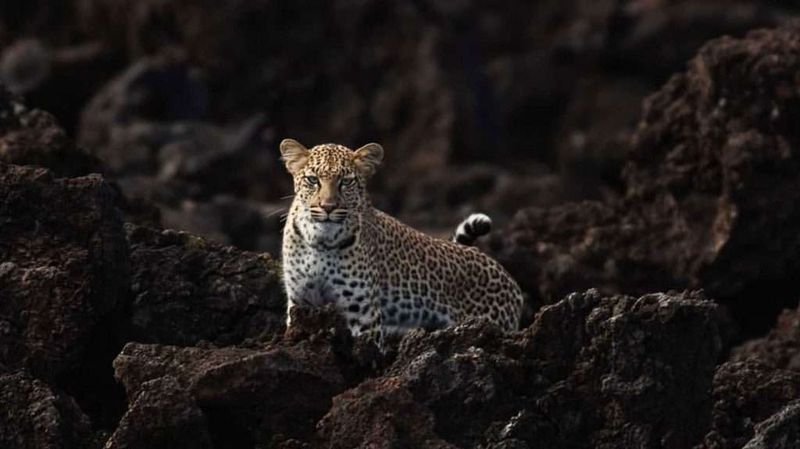
Many safari-goers arrive expecting prime hunting action at midday. The reality? Most predators are crepuscular or nocturnal hunters, preferring dawn, dusk, or complete darkness for their pursuits.
Lions, leopards, and hyenas have specialized night vision and hearing that gives them advantages after sunset. Daytime hours are typically reserved for rest and digestion, not dramatic chases.
4. Giraffes Don’t Have A Lot Of Social Interaction

Watch closely and you’ll notice giraffes have complex social structures! These towering mammals form lasting friendships and even have preferred companions they seek out within larger herds. Mother giraffes create nursery groups where calves play together under supervision.
Males engage in “necking” contests that establish dominance without causing serious harm—sophisticated social behavior that many tourists completely miss.
5. Cheetahs Hunt Alone
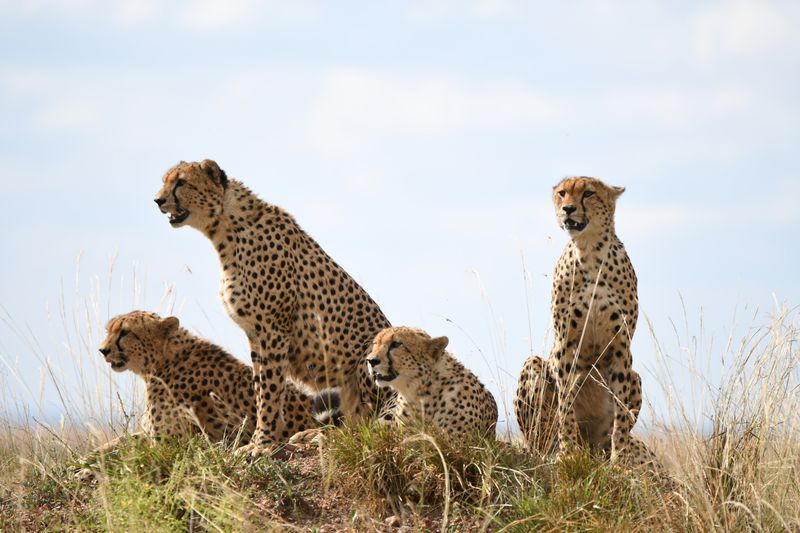
While female cheetahs typically hunt solo, male cheetahs often form coalitions of 2-3 brothers who hunt and defend territory together. These partnerships increase hunting success and territorial control.
Cubs stay with their mothers for up to two years learning hunting techniques. This extended family unit challenges the lone hunter stereotype that many safari-goers expect to see in the wild.
6. Zebras Are Always Calm And Friendly

Those striking black and white stripes hide a surprisingly feisty personality! Zebras possess powerful kicks that can break a lion’s jaw and will bite aggressors with strong teeth designed for tough grass.
Stallions fiercely protect their harems through aggressive battles with rival males. Far from being docile photo subjects, zebras rank among Africa’s most dangerous herbivores and cause numerous safari guide injuries annually.
7. Hyenas Are Cowardly Scavengers
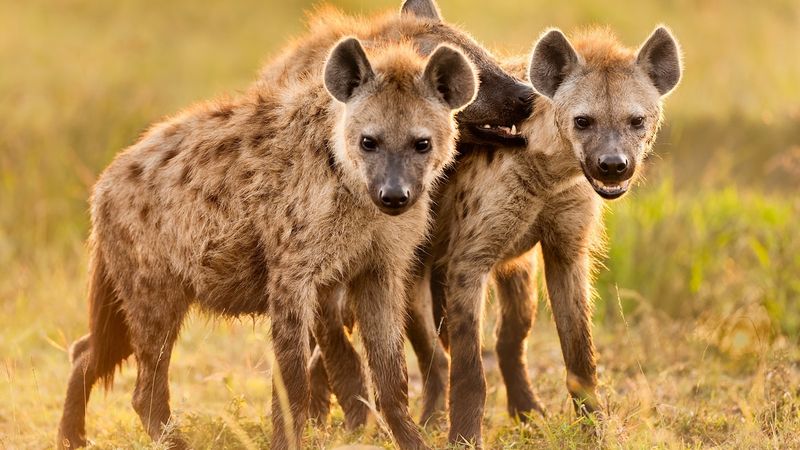
Hollywood has done hyenas a terrible disservice! These intelligent predators actually hunt about 50-80% of their food rather than primarily scavenging as most tourists believe. Hyena clans function through complex matriarchal societies where females outrank all males.
Their bone-crushing jaws exert more pressure than a lion’s, making them formidable hunters capable of taking down prey as large as wildebeest.
8. Rhinos Are Always Solitary And Avoid Other Animals
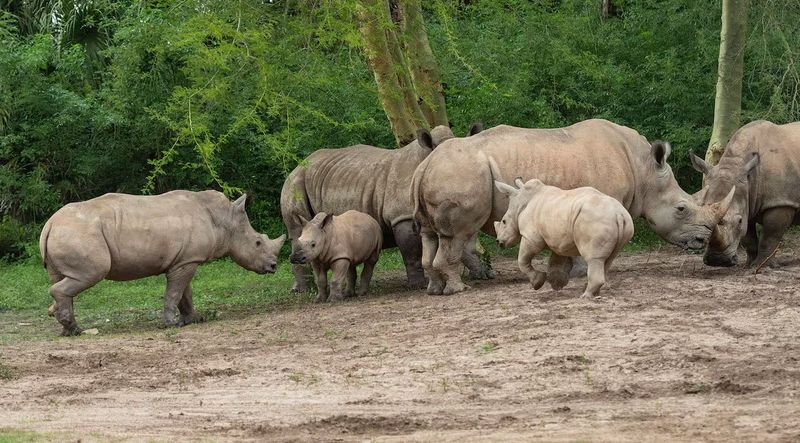
Black rhinos tend toward solitude, but white rhinos frequently gather in groups called crashes. These social gatherings help with protection and mating opportunities.
Rhinos often develop mutually beneficial relationships with oxpeckers—birds that remove parasites and warn of approaching danger. They’ll even tolerate nearby zebras and wildebeest at waterholes, showing more sociability than most tourists expect.
9. Crocodiles Are Slow And Lethargic

That seemingly sluggish crocodile sunning itself can explode into action at 20 mph! Many tourists dangerously underestimate their lightning-fast strikes both in water and on land.
Nile crocodiles can launch themselves completely out of water to catch prey. Their surprising bursts of speed have evolved over 200 million years, making them perfectly adapted ambush predators that only appear slow when conserving energy.
10. Monkeys Are Always Playful And Friendly
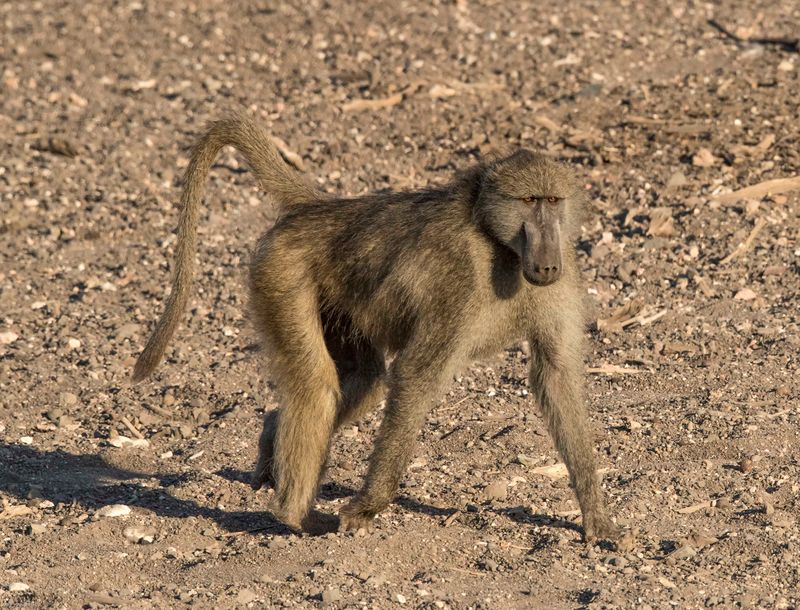
Those cute faces hide complex personalities! Safari monkeys like baboons have strict hierarchies and can become aggressive when defending territory or food sources.
Male baboons have canine teeth longer than lions and will use intimidation displays to ward off threats. Many tourists learn the hard way that approaching or feeding wild primates often leads to stolen belongings or even bites.

